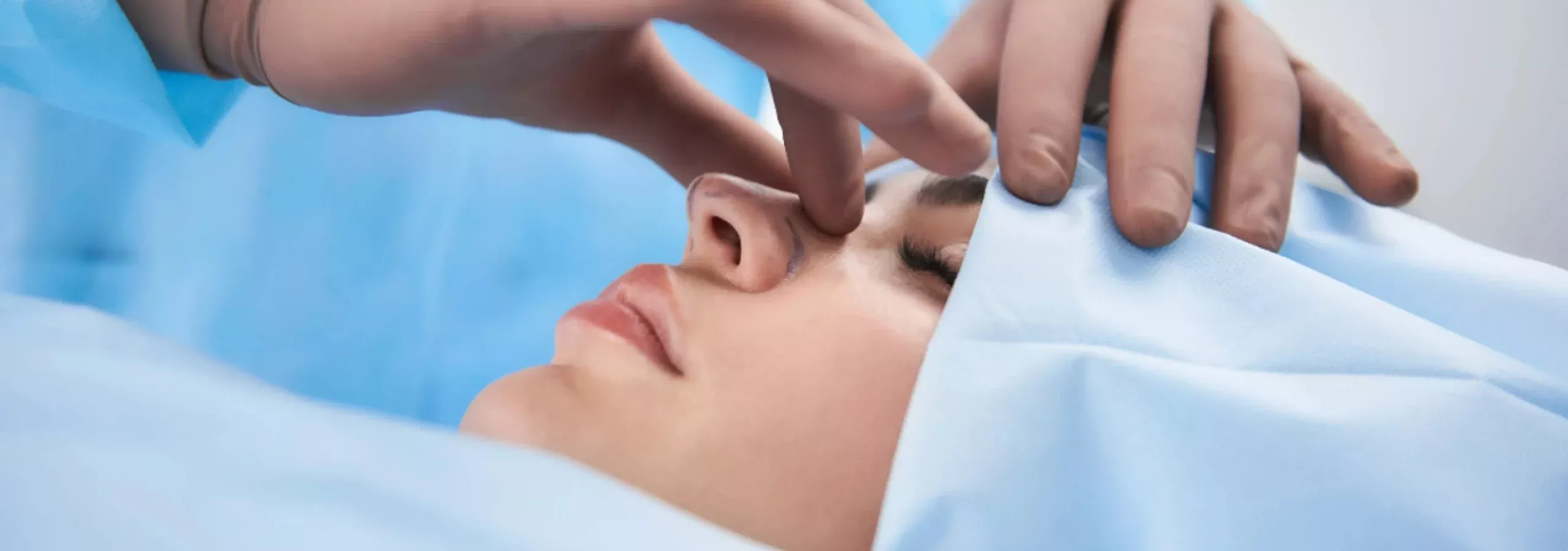
Elevate Your Natural Beauty
At Mourad NYC, we believe your nose should complement your face, not define it. Dr. Moustafa Mourad brings surgical precision and aesthetic expertise to every rhinoplasty procedure, drawing on years of specialized experience as a double board-certified facial plastic and reconstructive surgeon.
Whether you are addressing a hump on the bridge, improving symmetry, or correcting breathing issues, Dr. Mourad takes a thoughtful, customized approach. Each procedure starts with a conversation about your goals, followed by a detailed analysis of your facial structure to design a result that looks natural and balanced. Patients from across New York and beyond trust him for subtle refinements that enhance, not overpower, your natural beauty.
Whether you are addressing a hump on the bridge, improving symmetry, or correcting breathing issues, Dr. Mourad takes a thoughtful, customized approach. Each procedure starts with a conversation about your goals, followed by a detailed analysis of your facial structure to design a result that looks natural and balanced. Patients from across New York and beyond trust him for subtle refinements that enhance, not overpower, your natural beauty.
What is Rhinoplasty?
Rhinoplasty, often referred to as a nose job, is a surgical procedure that reshapes the nose for cosmetic or functional reasons. This can include changes to the bridge, tip, nostrils, or overall size and shape of the nose.
Dr. Mourad specializes in several types of rhinoplasty, including primary, revision, functional, and ethnic rhinoplasty. Each type requires a deep understanding of facial anatomy and a surgeon’s eye for proportion, balance, and harmony.
Dr. Mourad specializes in several types of rhinoplasty, including primary, revision, functional, and ethnic rhinoplasty. Each type requires a deep understanding of facial anatomy and a surgeon’s eye for proportion, balance, and harmony.
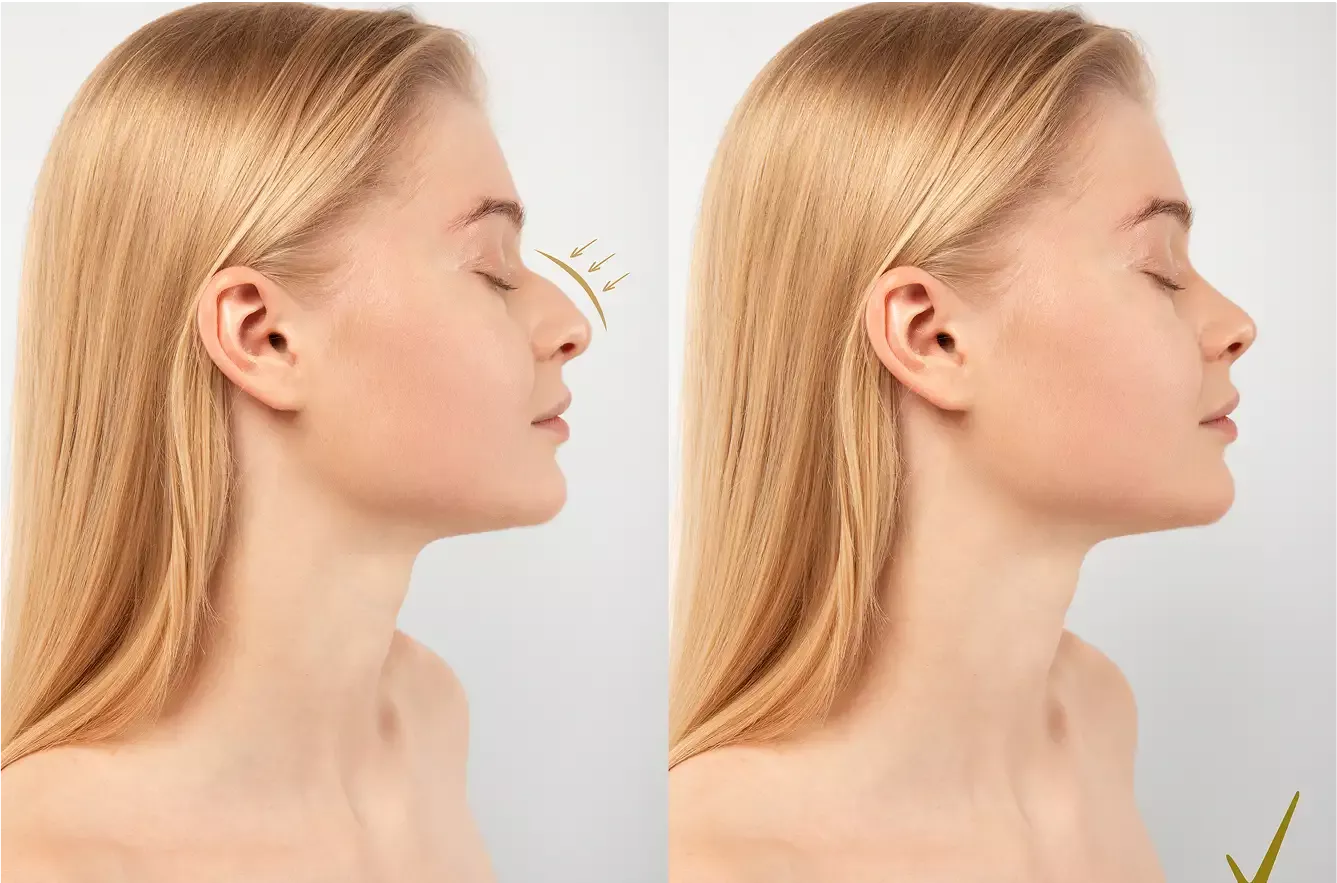
Benefits of Rhinoplasty
Rhinoplasty offers both cosmetic and medical improvements, depending on your needs. Whether the goal is facial symmetry or easier breathing, this procedure can create lasting change that fits seamlessly with your features. Advantages include:
- Creating better balance between facial features
- Correcting bumps, asymmetry, or wide nasal bridges
- Improving the shape or position of the nasal tip
- Narrowing the nostrils or adjusting nasal width
- Resolving breathing difficulties from structural issues
- Boosting self-image and personal confidence
- Performed as an outpatient procedure in some cases
Are You a Candidate for a Nose Job?
If you feel your nose draws attention away from the rest of your face or if structural issues affect your breathing, rhinoplasty might be a solution worth considering. Dr. Mourad carefully evaluates each patient to determine the best approach for natural-looking, functional results. You might be a candidate if you:
- Are unhappy with the size, shape, or symmetry of your nose
- Have a bump or drooping nasal tip you want corrected
- Experience breathing problems due to a deviated septum or other structural issue
- Have had previous nasal surgery with unsatisfactory results
- Want to refine your appearance without looking overdone
- Are in good general health and have realistic expectations
Our Surgical Techniques Used
At Mourad NYC, we perform both open and closed rhinoplasty, selecting the method that best fits your anatomy and goals.
Open rhinoplasty involves a small incision at the base of the nose, allowing greater access and visibility during complex surgeries or revisions.
Closed rhinoplasty uses internal incisions only, offering a more discreet and less invasive approach with minimal scarring and faster healing.
Each technique has its place, and Dr. Mourad’s surgical skill allows him to choose the one that delivers the most refined outcome for your unique case.
Open rhinoplasty involves a small incision at the base of the nose, allowing greater access and visibility during complex surgeries or revisions.
Closed rhinoplasty uses internal incisions only, offering a more discreet and less invasive approach with minimal scarring and faster healing.
Each technique has its place, and Dr. Mourad’s surgical skill allows him to choose the one that delivers the most refined outcome for your unique case.
Types of Rhinoplasty Surgery We Perform
Dr. Mourad is highly experienced in performing a wide range of rhinoplasty procedures, customizing each one to suit the patient’s background, facial structure, and needs.
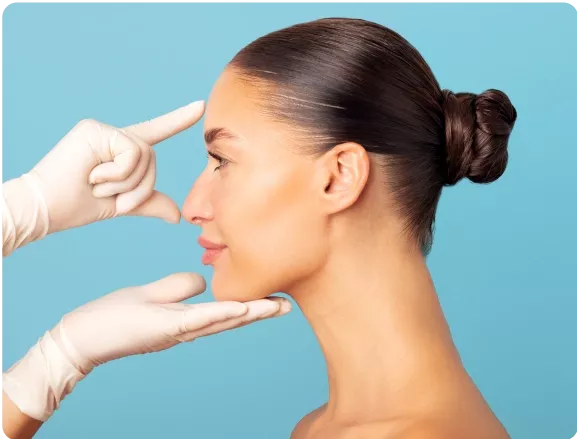
Primary Rhinoplasty
First-time nasal surgery to reshape or resize the nose

Revision Rhinoplasty
Secondary surgery to improve the results of a previous rhinoplasty
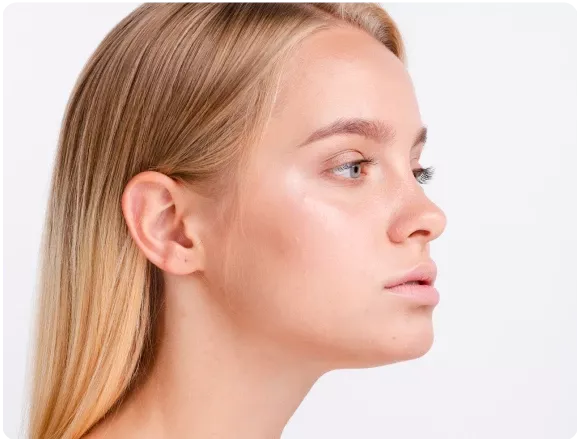
Functional Rhinoplasty
Corrects structural problems inside the nose to improve airflow and breathing
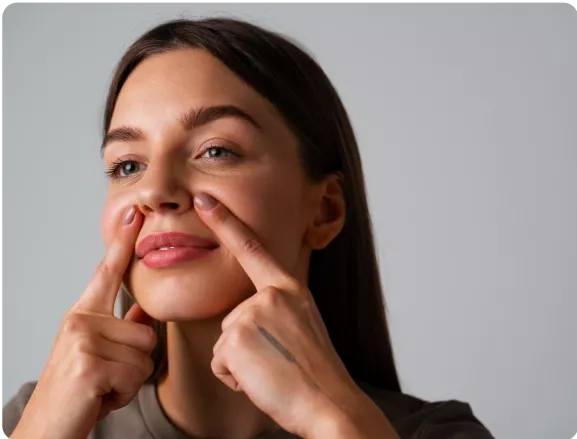
Ethnic Rhinoplasty
Respects and preserves ethnic characteristics while refining nasal shape
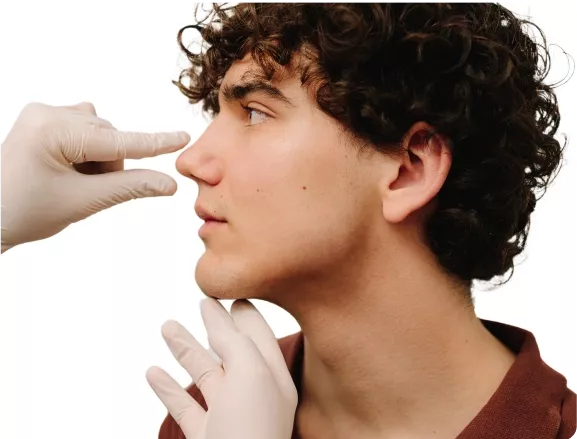
Male Rhinoplasty
Designed to maintain masculine features while creating symmetry and proportion
What To Expect During
What To Expect During Your Consultation
When you visit Mourad NYC for a rhinoplasty consultation, you can expect an in-depth conversation with Dr. Mourad about your goals, concerns, and expectations. He will examine the structure of your nose and face, take high-resolution images, and explain what changes are possible based on your anatomy.
You will also learn about the different surgical techniques and what kind of results you can expect. Dr. Mourad believes in open communication and takes the time to answer all of your questions so you feel informed and confident before moving forward.
You will also learn about the different surgical techniques and what kind of results you can expect. Dr. Mourad believes in open communication and takes the time to answer all of your questions so you feel informed and confident before moving forward.
What To Expect During Your Rhinoplasty Procedure
Rhinoplasty at Mourad NYC is performed under general anesthesia in a fully accredited surgical facility. Depending on your case, the procedure can last between one to three hours.
Dr. Mourad will make precise adjustments to the cartilage, bone, and soft tissues of the nose using either an open or closed technique. His goal is to create subtle yet effective changes that align with your overall facial proportions. After surgery, you will be fitted with a splint to support the healing process. Most patients return home the same day.
We provide detailed post-operative instructions and follow-up care to support your recovery every step of the way.
Dr. Mourad will make precise adjustments to the cartilage, bone, and soft tissues of the nose using either an open or closed technique. His goal is to create subtle yet effective changes that align with your overall facial proportions. After surgery, you will be fitted with a splint to support the healing process. Most patients return home the same day.
We provide detailed post-operative instructions and follow-up care to support your recovery every step of the way.
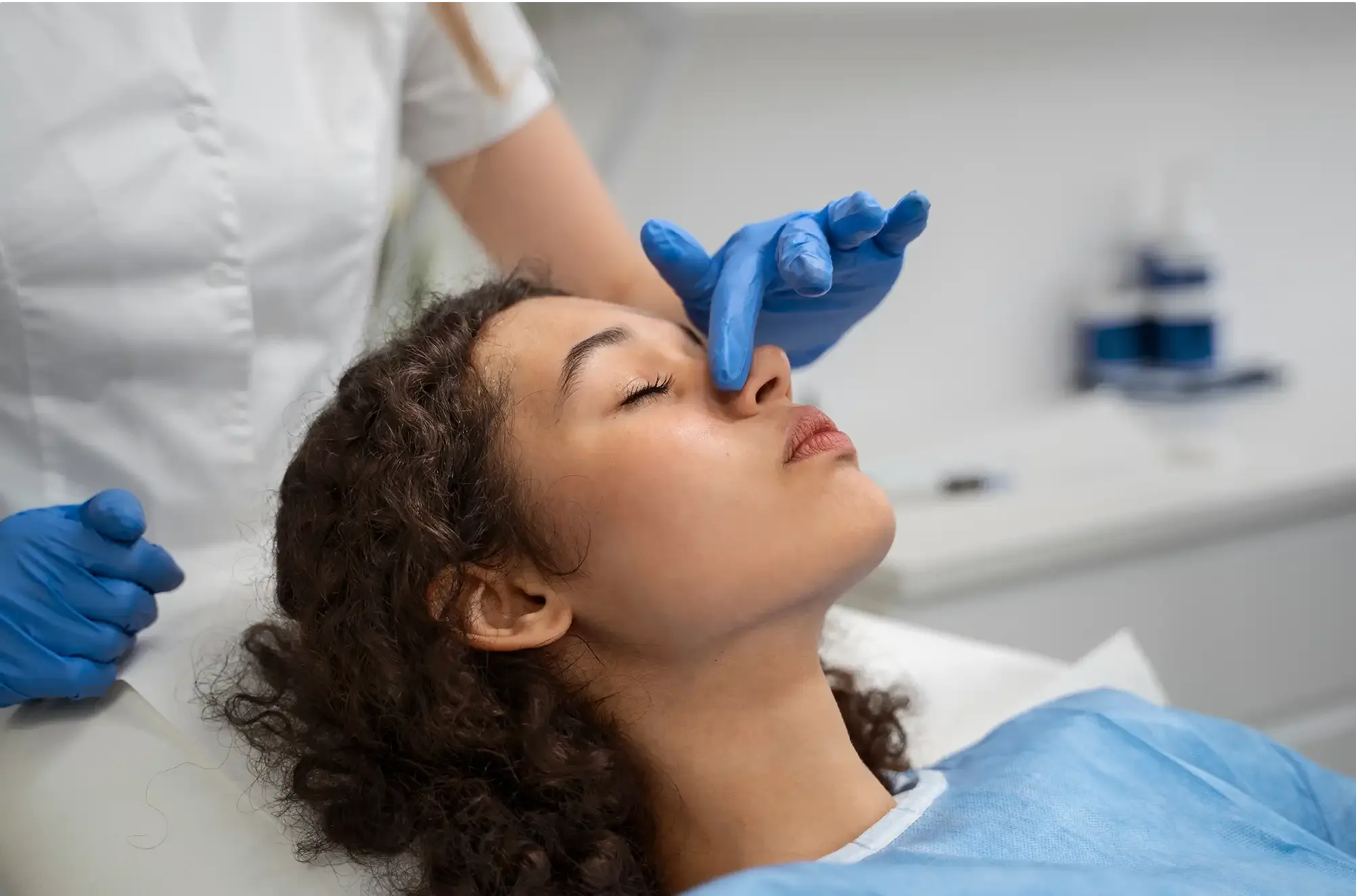
Trusted Results from a Surgeon Who Listens
Choosing rhinoplasty is a deeply personal decision, and it deserves a surgeon who treats it that way. Dr. Mourad brings more than skill to every procedure. He brings listening, empathy, and a true understanding of balance and beauty.
Patients trust Mourad NYC not only for exceptional surgical results but for the experience of being heard, respected, and cared for from start to finish. From your first consultation to your final follow-up, our entire team prioritizes your comfort, safety, and satisfaction.
Patients trust Mourad NYC not only for exceptional surgical results but for the experience of being heard, respected, and cared for from start to finish. From your first consultation to your final follow-up, our entire team prioritizes your comfort, safety, and satisfaction.
What are the Risks of Rhinoplasty?
Rhinoplasty is a surgical procedure, and like any surgery, it carries some risks. These can include bleeding, infection, anesthesia-related complications, and swelling that takes time to resolve. Specific to rhinoplasty, risks might involve difficulty breathing through the nose, changes in skin sensation, asymmetry, or dissatisfaction with the final nasal shape. In rare cases, revision surgery might be needed.
Dr. Mourad takes every precaution to reduce risks, using precise surgical techniques and advanced planning to help achieve the best possible outcomes.
Dr. Mourad takes every precaution to reduce risks, using precise surgical techniques and advanced planning to help achieve the best possible outcomes.


Transform Your Look
Schedule Your Appointment with Dr. Mourad
If you’re ready to take the next step, we invite you to meet with Dr. Mourad to explore your options and design a personalized rhinoplasty plan. Contact Mourad NYC today to schedule your consultation.
Frequently Asked Questions
How long is the recovery after rhinoplasty surgery?
Most patients return to work or school within 7 to 10 days after rhinoplasty surgery. Swelling and bruising are common during the first week, especially around the eyes and nasal bridge. While much of the swelling subsides within a few weeks, subtle changes in nasal shape will continue to refine over several months.
Will there be visible scarring after my nose job?
In closed nose surgery, all incisions are made inside the nostrils, so no external scars are visible. With open rhinoplasty, a small incision is made at the columella, the tissue between the nostrils. Dr. Mourad places this incision carefully to heal with minimal visibility. In both cases, scarring is typically minimal and fades over time.
Does insurance cover the rhinoplasty?
Insurance does not typically cover cosmetic rhinoplasty, which is performed to change the appearance of the nose. However, if the procedure addresses a functional concern—such as correcting a deviated septum or repairing nasal obstruction—your insurance might cover that portion of the surgery. At Mourad NYC, our team can review your insurance plan and provide guidance if your case involves functional rhinoplasty.
What’s the difference between cosmetic rhinoplasty and functional rhinoplasty?
Cosmetic rhinoplasty focuses on improving the appearance of the nose, such as adjusting the nasal tip, nasal dorsum, or nasal hump. Functional rhinoplasty addresses medical concerns like a deviated septum, nasal obstruction, or collapsed nasal passages to improve breathing. Some patients benefit from both during one surgical procedure.
How do I know if I need revision rhinoplasty?
If you’ve had a previous nose job and are unhappy with the result, or if breathing issues persist or new concerns have developed, revision rhinoplasty might be appropriate. In some cases, this is referred to as secondary rhinoplasty. Dr. Mourad evaluates the existing nasal structure, scar tissue, and prior surgical outcomes to determine if revision surgery is needed.
Can rhinoplasty fix a deviated septum?
Yes, correcting a deviated septum is a common part of functional or combined rhinoplasty procedures. Straightening the nasal septum can significantly improve airflow and ease breathing issues. Dr. Mourad frequently addresses this concern alongside cosmetic improvements to create facial balance.
Will my nose still look natural after the rhinoplasty procedure?
Absolutely. Dr. Mourad’s goal is to create facial balance and harmony. He takes into account your facial structure, nasal skin thickness, nasal cartilage strength, and your aesthetic preferences to design a nose that fits naturally with your features.
What areas of the nose can be refined during nose surgery?
Rhinoplasty can reshape the nasal tip, smooth the nasal hump, adjust the width of the nasal bones, and improve the overall nasal shape. Each plan is customized based on what will complement your unique facial proportions.
Is rhinoplasty considered cosmetic surgery or reconstructive surgery?
Rhinoplasty can be either cosmetic surgery or reconstructive, depending on the purpose. Cosmetic procedures focus on the external appearance, while reconstructive surgery addresses functional issues like a deviated septum or trauma. Many patients benefit from a combined approach.
What if I have a broken nose?
A broken nose often involves damage to both cartilage and bone, and timely treatment matters. Dr. Mourad offers specialized evaluation to determine whether realignment, surgical correction, or full rhinoplasty is appropriate for restoring both function and aesthetics.
Why choose a facial plastic surgery specialist for a nose job?
Rhinoplasty is one of the most technically demanding procedures in plastic surgery. As a board-certified facial plastic surgery expert, Dr. Mourad brings a deep understanding of nasal anatomy and aesthetics to each case, leading to more refined and lasting results. In some complex cases, he uses cartilage grafts to support long-term structure and maintain the desired nasal shape.



